There are now thousands of self-improvement books out there, many of them just repeating the same ideas. Here are my top ten favourite books that I’ve read in this genre. Each one has practical techniques that actually work. Most of them also cover a distinct area (i.e. I haven’t picked multiple books on the same subject area, even though there are many great books I could have chosen).
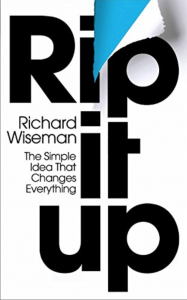 10. ‘Rip it up’ by Richard Wiseman (2012) 10. ‘Rip it up’ by Richard Wiseman (2012)
Whilst there is a great variety of subjects addressed by self-improvement books, there does seem to be a repeating over-arching theme: you can change your life by changing your thinking. This book stands out as taking the opposite point of view: you can change your thinking (your self-beliefs, emotions etc.) by first changing your life (your behaviour)! Wiseman presents evidence from a whole range of studies that show by first acting ‘as if’ you are happy, confident etc. you increase the chances you will feel and become that way. |
|
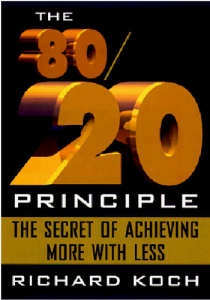 9. ‘The 80/20 principle’ by Richard Koch (1996) 9. ‘The 80/20 principle’ by Richard Koch (1996)
The 80/20 principle is the strange fact that in many areas of life the majority (say 80%) of the results flow from the minority (say 20%) of the possible causes. For example, many companies make most of their profits from a minority of their customers, only a minority of your clothes get worn a lot, only a minority of music tracks and movies get bought or seen by the majority of the audience. There seems to be a peculiar type of ‘cosmological gravity’ at work in nature that makes similar activities ‘clump together’ in space and time. The corollary of this for self-improvement is that its highly likely that there are a small number of techniques or changes you could adopt which would have a disproportionately large positive effect on your life. (Koch’s book ‘The Power Laws’ is also worth checking out). |
|
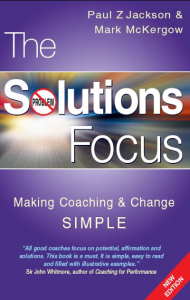 8. ‘The Solutions Focus’ by Paul Z Jackson and Mark McKergow (2006) 8. ‘The Solutions Focus’ by Paul Z Jackson and Mark McKergow (2006)
First, a slightly strange confession given that this is supposed to be a list of my top-ten books in this field: I haven’t read this book from cover-to-cover. For some reason, I couldn’t quite get into it. So why am I including it here? I listened to a really great interview with one of the authors (Mark McKergow) which summarised the content of the book, and I had a much easier time following his spoken description than I did in getting engaged by the text of the book. The basic idea is called ‘solutions focused brief therapy’, and is based on the idea of ignoring problems and only focusing on solutions. This is counter-intuitive to the way that most of us behave when we have a problem. We think that we can make it go away by analysing it in detail. This may be an effective strategy sometimes, but it often leaves us stuck. Instead, this technique involves asking questions like: “When are there instances when you don’t have this problem?” (in other words it makes the – usually reasonable – assumption that the problem doesn’t exist all the time, and therefore the seeds of its solution probably already exist). |
|
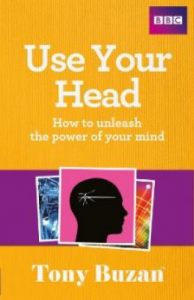 7. ‘Use your head’ by Tony Buzan (1974) 7. ‘Use your head’ by Tony Buzan (1974)
If you are new to the subject of ‘mind improvement’ this is a great place to start; and it was one of the first books I read on this subject. Buzan covers a number of different areas such as memory and creativity. It’s fairly focused on the types of skills that students need when studying and revising for exams, but can be useful. |
|
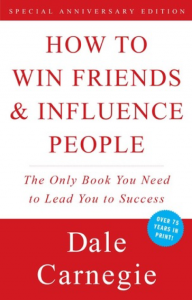 6. ‘How to win friends and influence people’ by Dale Carnegie (1936) 6. ‘How to win friends and influence people’ by Dale Carnegie (1936)
An old classic on how to get along better with other people. Most of the advice centres around the golden rule of treating others as you would wish to be treated yourself. Seeing things from the other person’s perspective, and treating their ideas with respect helps you become more influential with people and better able to communicate your ideas to them. |
|
 5. ‘The Einstein factor’ by Win Wenger (1996) 5. ‘The Einstein factor’ by Win Wenger (1996)
This is a book about tapping into the power of your subconscious through visual imagery. Our subconscious minds seem to ‘speak’ in the language of visual images more than words. When we close our eyes and relax, we often start to see brief glimpses of visual imagery, these are produced by our subconscious mind. In a sense, it is your subconscious mind talking to you. This means that you can ask it questions! Ask a clear question and the imagery will answer. However, as you might expect, it’s not easy. Firstly, you need to learn to generate imagery that it’s bold, clear and long-lasting enough to see. Secondly, you need to learn to interpret the meaning of the imagery. This is a bit like dream-interpretation: the images aren’t always literal (although they can be) and are more often allegorical or symbolic. The good news is that both these skills are pretty much just a matter of practising in order to become better. |
|
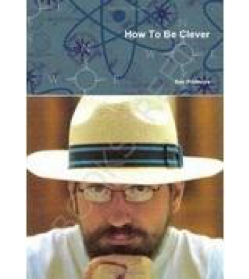 4. ‘How to be Clever’ by Ben Pridmore (2011) 4. ‘How to be Clever’ by Ben Pridmore (2011)
“Thanks for buying the book!” says Ben on the back cover, “I would have sent it to you for free if you’d asked.” It’s this kind of irreverent humour that charmed me into loving this book, even though it is pretty short. The book is not about increasing intelligence per se, more about teaching you a range of ‘tricks’ or skills which will make people assume you are highly intelligent! These include: how to memorise a pack of cards, how to name the day of the week for any given date, how to win at Blackjack, get into Mensa and calculate square roots. Ben Pridmore is three times World Memory Champion and one-time World Intelligence Champion. |
|
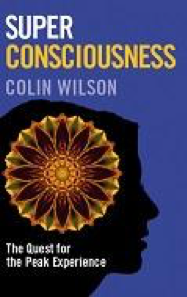 3. ‘Super Consciousness: The quest for the peak experience’ by Colin Wilson (2009) 3. ‘Super Consciousness: The quest for the peak experience’ by Colin Wilson (2009)
Essentially this is a book about improving your consciousness. We all have a feeling that life often becomes too ‘robotic’ and feels futile, whilst moments of intense happiness or aliveness show us that it doesn’t have to be this way, but they are too rare. Wilson’s basic message is that our brains have an auto-pilot mode which is tremendously helpful to us in doing well-defined/structured tasks, but when we come to rely on it too much our consciousness becomes lazy and unmotivated. The solution is to put in more conscious effort. The more we focus on something, the more we can strengthen our own conscious energy, and the richer our perceptions become. This starts a positive feedback cycle: the richer our sensory perceptions of the world, the more engaged and energised we become. I also recommend a book that Wilson wrote on this subject: ‘Access to Inner Worlds’ (2009) which I have written about elsewhere on this site (See: Summary of ‘Access to Inner Worlds’) |
|
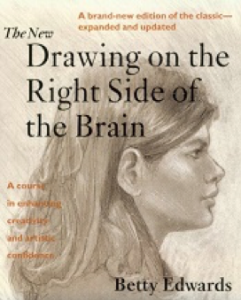 2. ‘Drawing on the Right Side of the Brain’ by Betty Edwards (1979) 2. ‘Drawing on the Right Side of the Brain’ by Betty Edwards (1979)
A classic book on improving your drawing skills and hence your creativity. The author observed that some people find it very difficult to learn to draw, whilst others can pick it up rather quickly. She also observed that students could often draw something better when it was positioned upside down rather than the correct way up! This was because their perceptions of what the thing was weren’t getting in the way of their drawing. Therefore drawing is about learning to change your perception. Edwards draws on research from the world of neuroscience to distinguish between two ways our brains have of perceiving the world: one based on linear structures in time, and one based on patterned structures in space. It is the latter that we need to flip into when drawing, and as soon as a person can make that perceptual flip, learning to draw becomes comparably easy. |
|
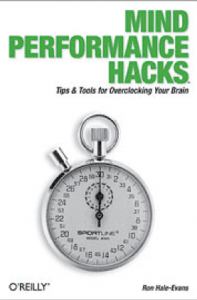 1. ‘Mind Performance Hacks’ by Ron Hale-Evans (2006) 1. ‘Mind Performance Hacks’ by Ron Hale-Evans (2006)
This book is just full of good ideas, many of which are hard-to-find elsewhere, across a range of brain-boosting areas like memory, creativity, maths, decision-making and communication. It’s full of really practical ideas, and has loads of references to explore further (both of other books and websites). |
|
 3. ‘Super Consciousness: The quest for the peak experience’ by Colin Wilson (2009)
3. ‘Super Consciousness: The quest for the peak experience’ by Colin Wilson (2009)








